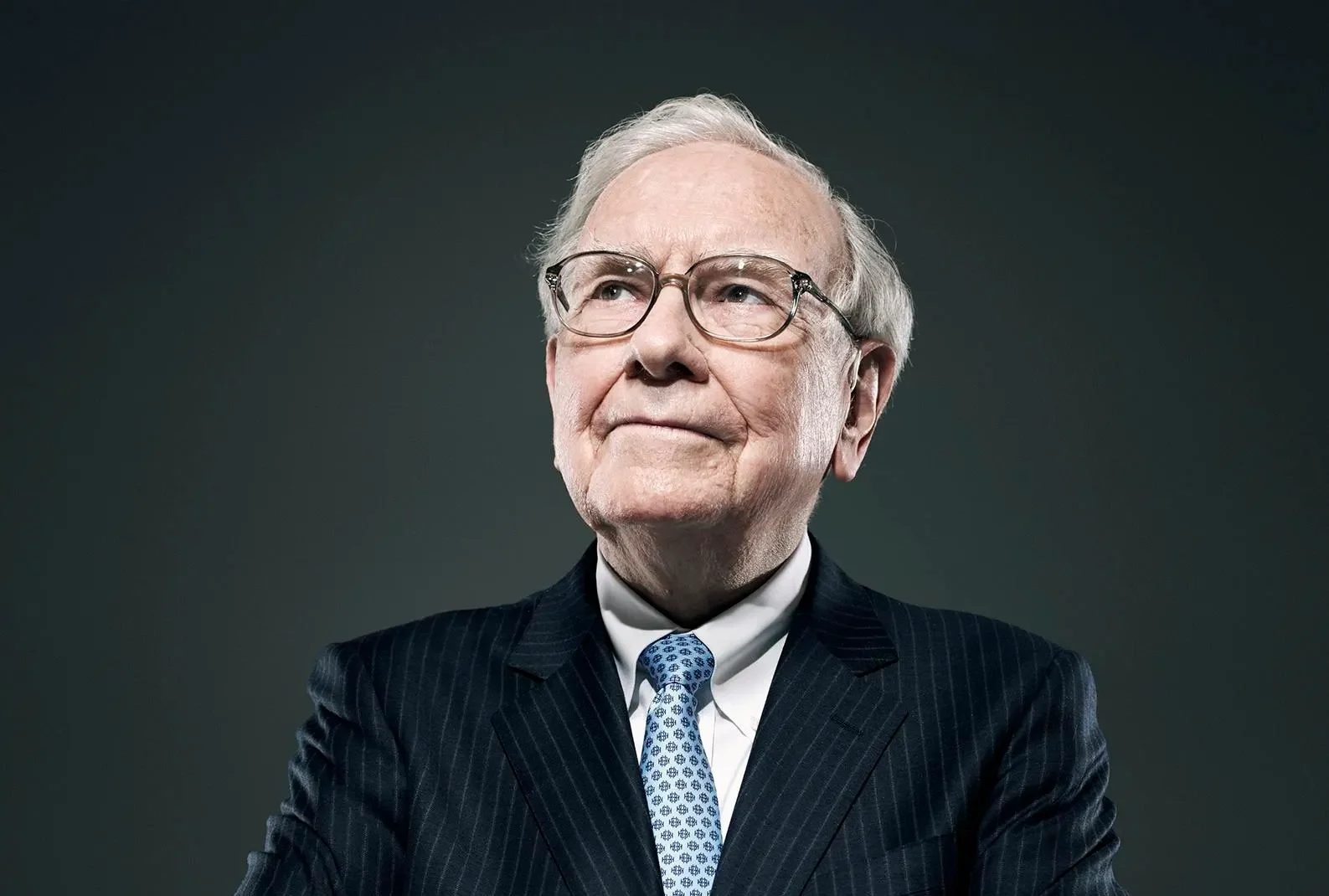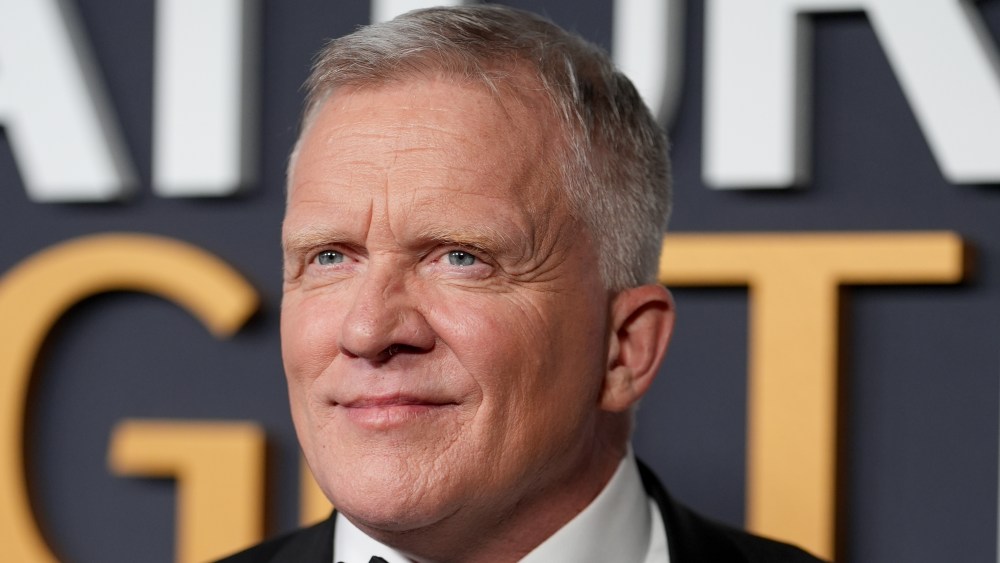How Investing Trends Differ Across Generations Investing strategies have always evolved with time, shaped by economic experiences, technological advancements, and shifting priorities.

Investing strategies have always evolved with time, shaped by economic experiences, technological advancements, and shifting priorities. From baby boomers to Gen Z, each generation has developed distinct approaches to managing their money and planning for the future. While older generations prioritize stability and wealth preservation, younger investors embrace technology, alternative assets, and social responsibility in their portfolios.
Baby boomers, born between 1946 and 1964, are at or near retirement age, making wealth preservation their primary focus. Having experienced multiple economic cycles, including major recessions and market crashes, they tend to favor low-risk investments such as bonds, dividend-paying stocks, and mutual funds. Many boomers work closely with financial advisors, relying on professional guidance rather than automated investment platforms. Their goal is to maintain financial security, ensuring they have a steady income stream through retirement. Risk tolerance decreases with age, leading them to move away from volatile assets and toward conservative, long-term holdings.
Generation X, born between 1965 and 1980, takes a more balanced approach to investing. Having lived through economic booms and downturns, they recognize the need for both growth and security. Many Gen X investors are in their peak earning years, juggling mortgages, children’s education expenses, and retirement planning. They tend to blend traditional investment vehicles with modern strategies, diversifying across stocks, bonds, and real estate while also exploring sustainable investment opportunities. While Gen X is open to digital tools, they are less reliant on them than younger generations. They appreciate the benefits of robo-advisors and online trading platforms but often maintain relationships with human financial advisors for personalized guidance.
Millennials, born between 1981 and 1997, approach investing with digital fluency and a strong emphasis on social responsibility. Unlike previous generations, they entered the workforce during the 2008 financial crisis, which shaped their cautious but optimistic outlook. Millennials are comfortable using mobile apps, self-directed brokerage accounts, and algorithm-driven investment platforms. Many prioritize environmental, social, and governance (ESG) factors when choosing investments, aligning their portfolios with their values. This generation is also more open to alternative investments such as cryptocurrencies, real estate crowdfunding, and fractional shares. Fractional investing, which allows individuals to buy portions of high-priced stocks, has become increasingly popular, making it easier for younger investors to enter the market without substantial capital.
Gen Z, the youngest investing generation, born in the late 1990s to early 2010s, is redefining market engagement with a strong emphasis on technology and social investing. Having grown up with smartphones, social media, and instant access to financial information, they rely heavily on digital platforms for investment decisions. They are more likely to use social trading apps, robo-advisors, and automated portfolio management tools. Gen Z investors also show a strong preference for cryptocurrency and blockchain-based assets, viewing them as a legitimate alternative to traditional investments. Many participate in impact investing, seeking opportunities that generate both financial returns and positive societal outcomes. Unlike older generations, they often turn to online communities, influencers, and social media for financial advice rather than traditional advisors or banks.
The rise of artificial intelligence and automation has significantly influenced modern investing trends. AI-powered platforms offer personalized recommendations, risk assessments, and real-time market analysis, making sophisticated investing more accessible to the average person. Younger investors, particularly millennials and Gen Z, embrace these innovations, while older generations tend to prefer human advisors. AI has also transformed trading by enabling predictive analytics, pattern recognition, and algorithmic trading, further bridging the gap between retail and institutional investors.
Cryptocurrency adoption follows a generational divide, with younger investors showing a higher level of interest and participation. A study by YouGov found that approximately 42% of Gen Z and 36% of millennials own digital assets, compared to just 8% of baby boomers. Blockchain technology has introduced new financial models, including decentralized finance (DeFi), tokenization of assets, and smart contracts. While these innovations offer opportunities for higher returns, they also come with increased volatility and regulatory uncertainty. Younger investors tend to accept these risks in pursuit of growth, while older generations remain cautious due to a preference for stability and regulatory oversight.
The rise of fractional shares has further democratized investing, allowing individuals to buy portions of expensive stocks rather than full shares. This innovation has particularly benefited younger investors who may not have large sums of capital to invest. Mobile-first platforms like Robinhood and Webull have made it easier for individuals to start investing with as little as $10. Traditional brokers have responded by eliminating trading fees and offering fractional investing options to stay competitive. This shift has contributed to a 15% increase in young adult investors since 2020, signaling a growing interest in market participation among younger generations.
Another trend gaining momentum is thematic and niche exchange-traded funds (ETFs), which appeal to investors who want their portfolios to reflect their personal interests and values. These ETFs focus on specific industries, such as clean energy, artificial intelligence, cybersecurity, or gaming. Millennials and Gen Z investors have shown a particular interest in ESG funds, which have grown by 140% between 2020 and 2024. This shift indicates that younger generations are not only investing for financial gains but also looking to make an impact on the world through their financial decisions.
While investing priorities vary by generation, technological advancements and market trends continue to shape investment strategies across all age groups. Baby boomers prioritize wealth preservation, Generation X balances growth and security, and millennials and Gen Z leverage digital platforms, alternative assets, and social investing. As financial technology evolves, investing will become even more accessible, allowing future generations to continue shaping the market in new and innovative ways.
Supreme Court to Decide on Corporate Transparency Act Injunction
For the first time, the U.S. Supreme Court has been asked to rule on the Corporate Transparency Act (CTA) and the legitimacy of a nationwide injunction blocking its enforcement.
Warren Buffett’s Market Moves Reinforce His ‘Oracle of Omaha’ Status
Warren Buffett’s reputation as one of the greatest investors of all time continues to be reinforced as his past words and actions gain new relevance in today's financial landscape.
Private Equity Firms Must Embrace Cutting-Edge Innovations to Stay Competitive
Private equity is undergoing a digital transformation. No longer just a financial game, the industry is now driven by technology, where firms that leverage cutting-edge innovations gain a significant competitive edge.
You've Probably Seen Her Name at Nordstrom or Sephora.
Jo Malone is a name synonymous with luxury fragrance, but her journey as an entrepreneur extends far beyond the world of scents.
The $28 Microsoft Tool That Can Save You Thousands on Coding Costs
For businesses and entrepreneurs looking to develop software, outsourcing can quickly become an expensive necessity.
Anthony Michael Hall on Longevity in Hollywood, Adapting to Change, and His Role in 'Reacher'
Anthony Michael Hall has spent nearly five decades in Hollywood, navigating the highs and lows of an industry that is both unpredictable and demanding.





